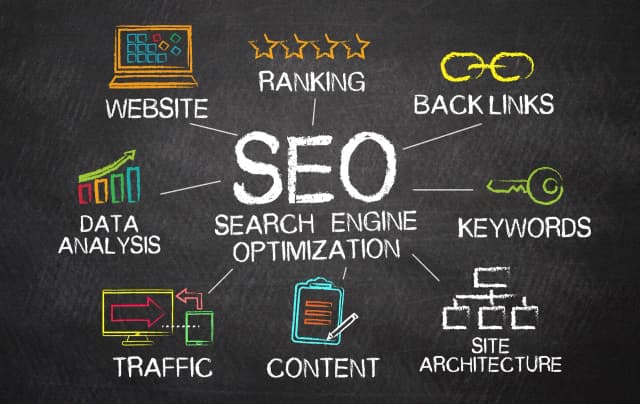On-page optimization is a crucial aspect of search engine optimization (SEO) that focuses on enhancing individual webpages to rank higher and earn more relevant traffic. This comprehensive guide will walk you through the essential techniques of on-page optimization, discussing key components such as keyword usage, content quality, internal linking, and more. Whether you’re a beginner or looking to refine your skills, this guide will provide actionable insights to improve your website's visibility on search engines.
What is On-Page Optimization?
On-page optimization refers to the practice of optimizing the content, structure, and elements on your website pages to improve visibility in search engines. It encompasses both the creative and technical aspects of SEO, making it essential for driving organic traffic. The main components include:
- Content Quality: Delivering valuable, engaging, and informative content that answers users' queries.
- Keyword Optimization: Using targeted keywords strategically within your content, headings, and meta tags.
- HTML Tags: Optimizing title tags, meta descriptions, header tags, and more for better crawlability.
- Internal Linking: Linking to other relevant pages on your site to enhance the user experience and distribute page authority.
1. Conduct Thorough Keyword Research
Keyword research is the foundation of effective on-page optimization. Here’s how to get started:
- Utilize tools like Google Keyword Planner, SEMrush, or Ahrefs to find relevant keywords.
- Focus on long-tail keywords that are more specific and have less competition.
- Analyze search intent to ensure your content aligns with what users are looking for.
2. Optimize Your Content
To optimize your content effectively, consider the following:
- Keyword Placement: Incorporate your primary keyword naturally in the first 100 words, headings, and throughout the content.
- Use Variations: Include synonyms and related keywords to enhance relevance and avoid keyword stuffing.
- Content Length: Aim for comprehensive content that answers user queries and covers related topics thoroughly.
3. Meta Tags Optimization
Meta tags play a significant role in SEO. Here's how to optimize them:
- Title Tags: Keep them under 60 characters and include the primary keyword at the beginning.
- Meta Descriptions: Write compelling descriptions, around 150-160 characters, to encourage clicks.
4. Improve URL Structure
A clean and descriptive URL structure will help both search engines and users understand your page better:
- Use keywords in your URLs where appropriate.
- Avoid long and complicated URLs; keep them concise.
5. Utilize Header Tags
Header tags (H1, H2, H3, etc.) help structure your content and improve readability:
- Use only one H1 tag per page, typically for the title.
- Utilize H2 and H3 tags for subsections to organize content logically.
6. Enhance Internal Linking
Internal linking connects related content within your site and helps distribute authority across pages:
- Link to related articles and products within your content.
- Ensure links are relevant and provide value to the reader.
Conclusion
On-page optimization is a vital component of any successful SEO strategy. By conducting thorough keyword research, optimizing your content, improving meta tags, structuring your URLs, utilizing header tags, and enhancing internal linking, you’ll improve your website’s visibility and user experience. At Prebo Digital, we specialize in SEO and can help you implement these strategies effectively. Ready to take your website to the next level? Contact us today for a free consultation!















